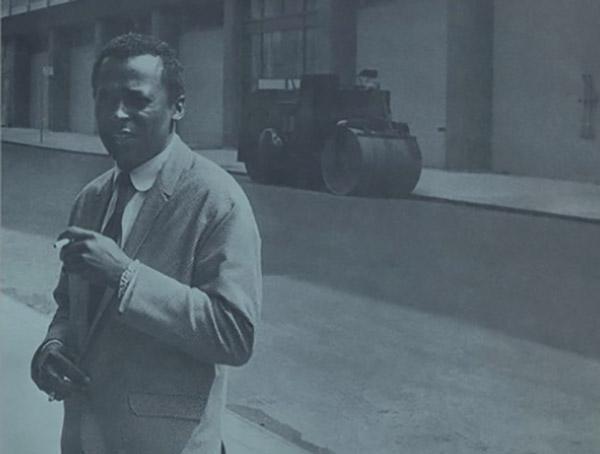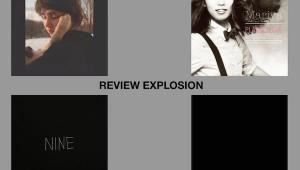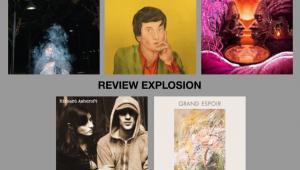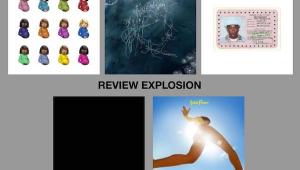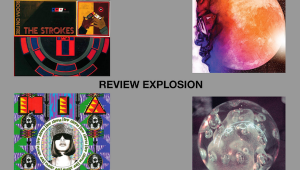Methinks a 5 for sound is a bit harsh for the Coltrane. Indeed, the mix is screwy due to the single mic placement, but there is a winsome clarity, pop, and aliveness to the recording that merits at least a 6 or even a 7. Just imagine you're in the Village Gate, sipping a Manhattan, sitting a little too close to the magnificent Elvin J.
I've heard recordings reviewed on AP and Stereophile over the years rated 5-6 for sound that were worse than this.
In the end, if you love Coltrane or Dolphy (I can't get enough of ED) then this is worth it IMHO. Yes, $40 is a little pricey... One local indy shop was asking $50! Nope.
